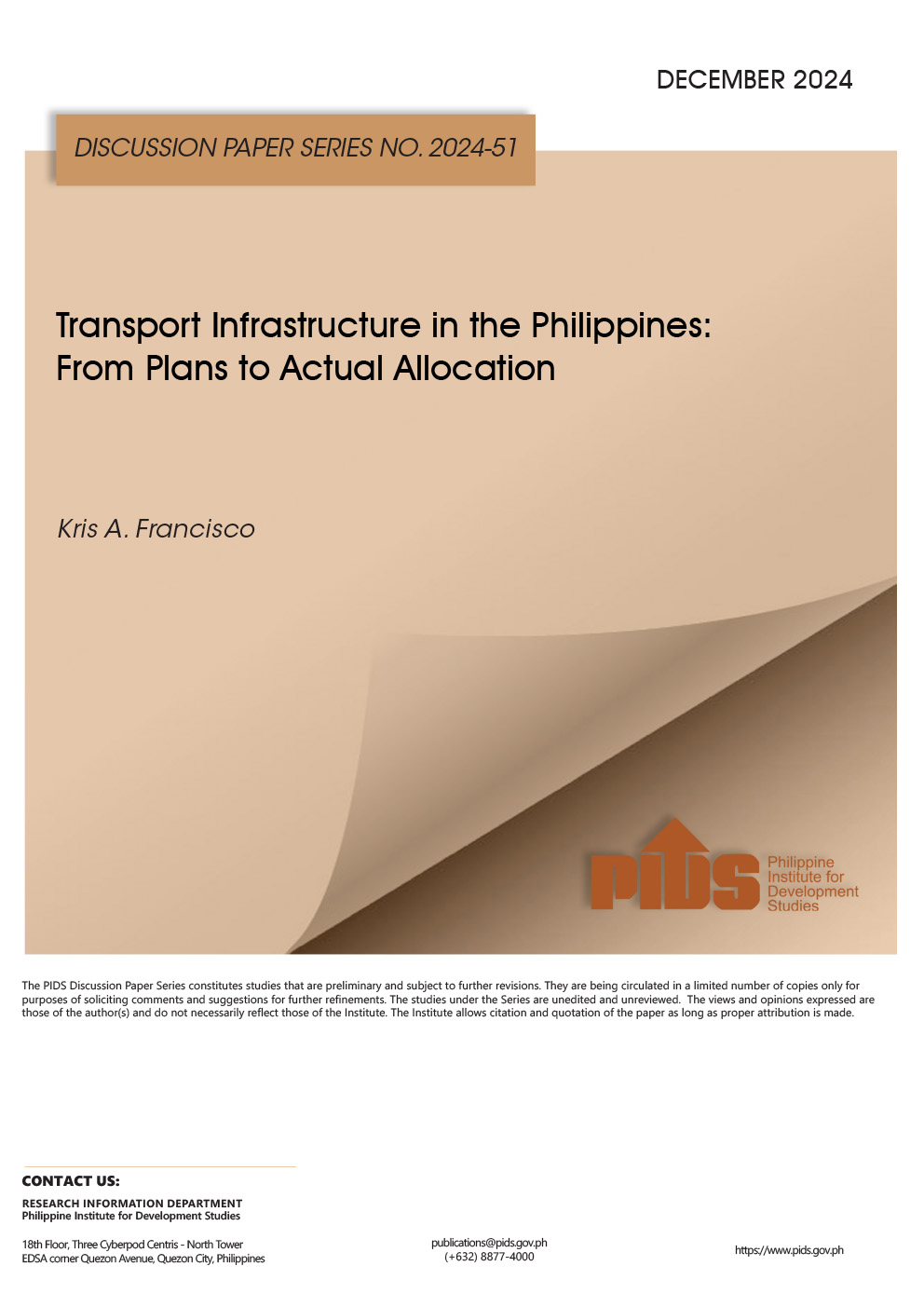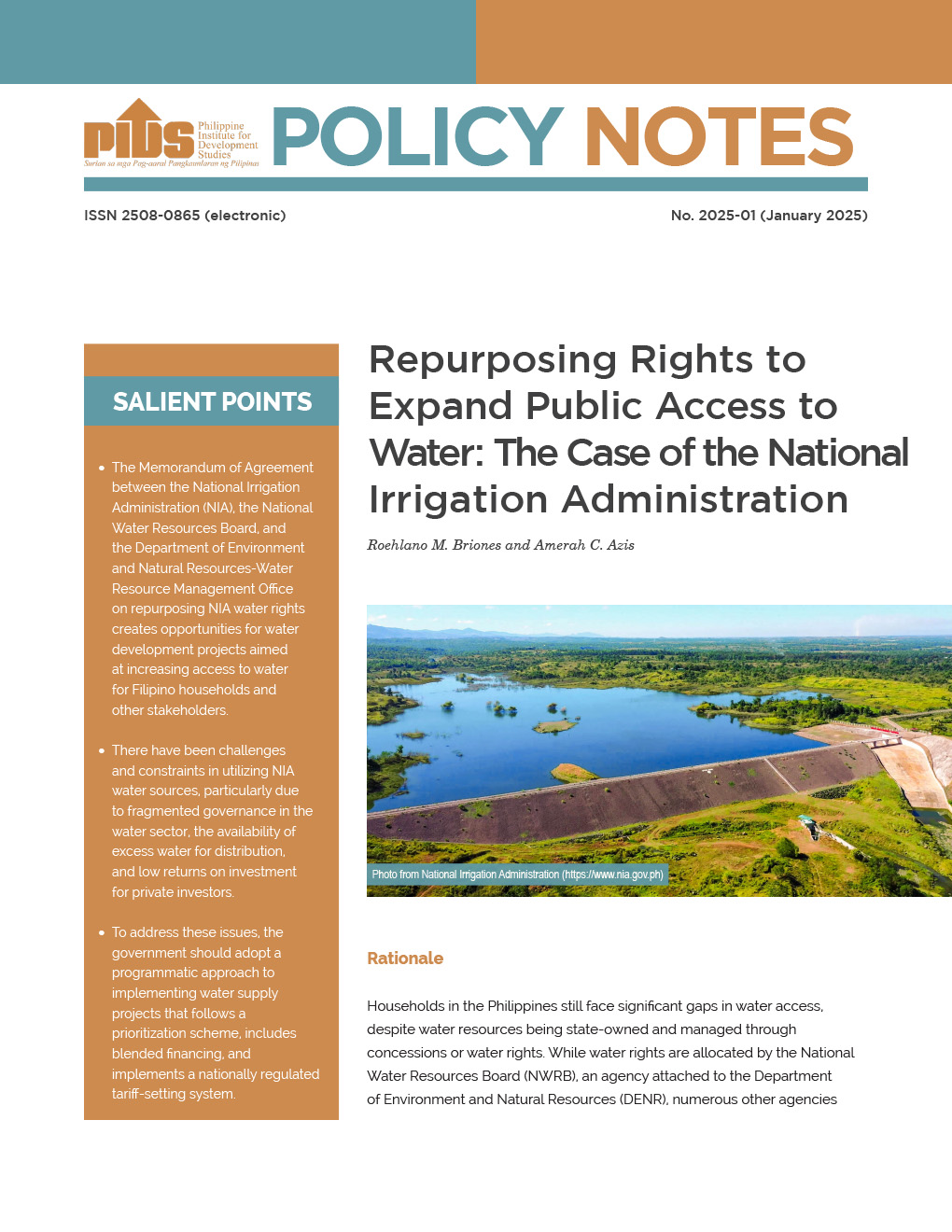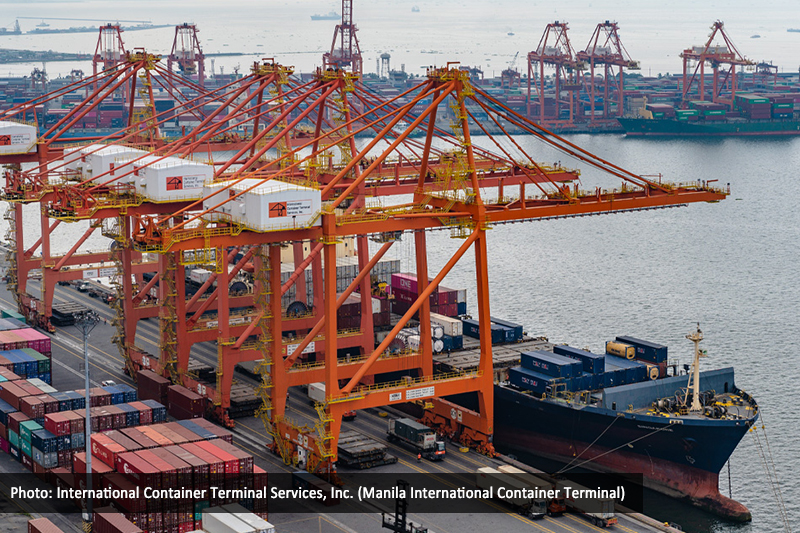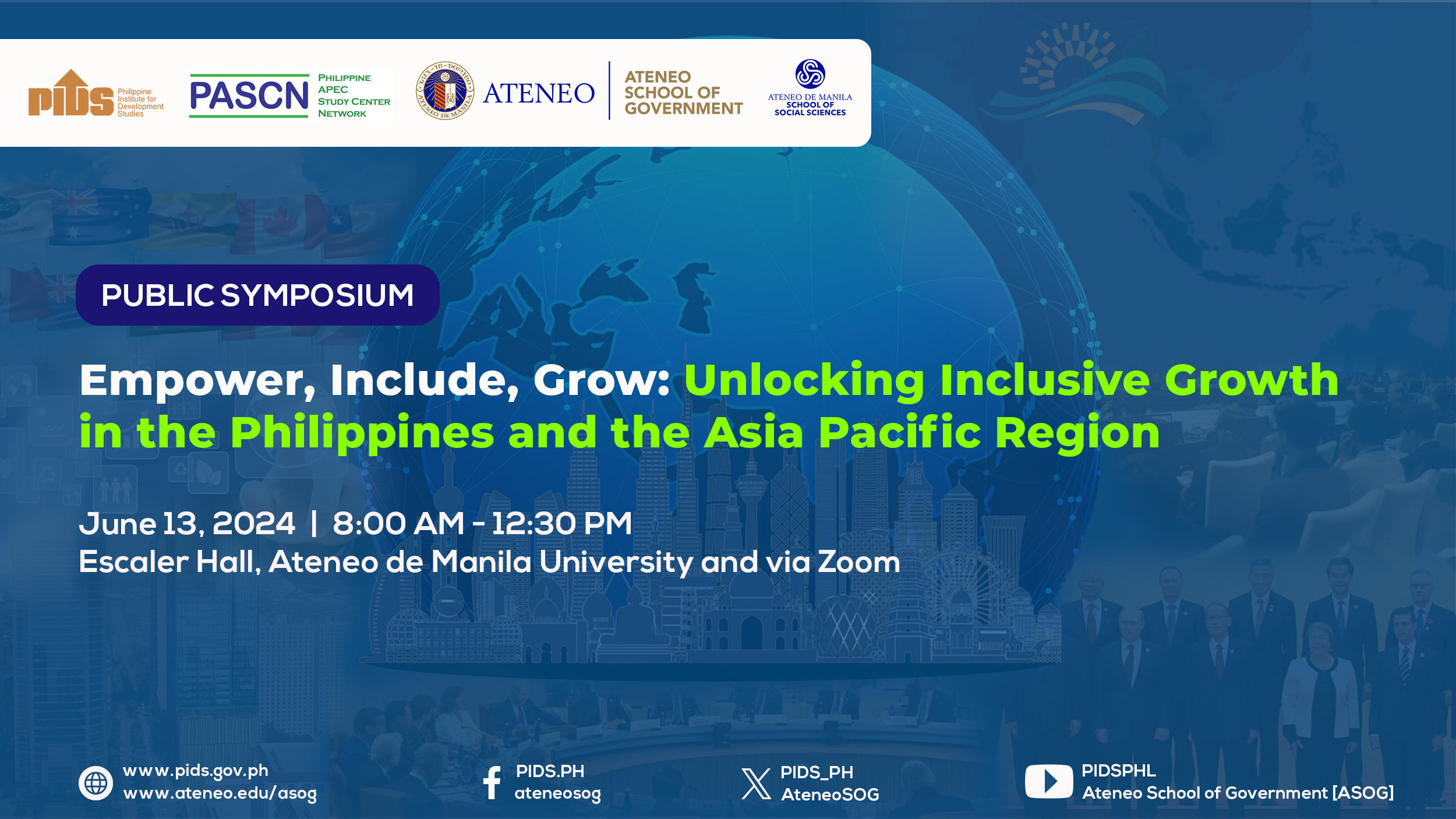THE Philippine Institute for Development Studies (PIDS) said overlapping and sometimes conflicting regulation of the water sector is holding back the industry’s growth.
In a policy note, “Regulatory and investment coordination issues in the Philippine water sector,” PIDS said the Philippines’ water agencies often fail to coordinate policy planning, data monitoring data, and infrastructure programs.
“There are inconsistencies in the technical operating standards that regulatory agencies require, resulting in nonuniform levels of service across the country,” PIDS said.
It cited conflicting technical and economic regulations of the two main regulators for water service providers: the Local Water Utilities Administration (LWUA) and the National Water Resources Board (NWRB).
Adopting the NWRB’s regulatory practices will harmonize tariffs across water service providers, PIDS said, but it also noted that local government units (LGUs) and water districts are concerned about their ability to comply with the NWRB’s technical regulations.
It said the LWUA also holds legal authority to regulate its part of the water sector and ceding such authority may constitute a violation of the law.
It said the LWUA lacks specific guidelines for technical and tariff regulations that apply to Rural Water Supply Associations, PIDS said.
“There are varied technical standards across regulators with some missing critical standards like water pressure, customer feedback, and efficiency measures. There are also non-aligned standards like non-revenue water targets and water availability,” it said.
“These inconsistencies affect the quality and delivery of the water service,” it added.
The lack of a clear and consistent technical benchmark for operating costs can result in inefficient delivery and wasted resources, with consumers burdened by the extra charges through high water rates.
PIDS said the government has no single office overseeing water service delivery nationwide since the Department of Environment and Natural Resources and NWRB are only concerned with resource management and development, while LGUs and private entities provide water for household consumption.
“This calls for a more coordinated local and regional planning on water supply infrastructure to improve water service,” it said.
“The fragmented structure results in multiple water supply utilities operating in the same areas, making some water supply investments redundant,” it added.
Roughly 88% of the population had access to water in 2015, PIDS said, citing official estimates, leaving 12.4 million persons without access.
Around 44% have piped household connections, 11% relied on communal faucets and 45.2% were dependent on point sources like shallow wells. Only 27% of 21,972 water service providers across the country maintain a Level III water supply facility, which include a piped distribution network, a treatment system and household taps.
To address these issues, PIDS said regulatory mandates and varying rules should be clarified and regulations streamlined to make water rate-setting formulas balanced. Legislation can consolidate these various regimes.
There should also be unified technical regulations and operating standards, it said.
A single coordinating body monitoring performance, investment and funding needs of water supply service providers will also be needed to prevent investment redundancy in any given area, it said.
Overlapping regulation seen dampening growth in water sector












